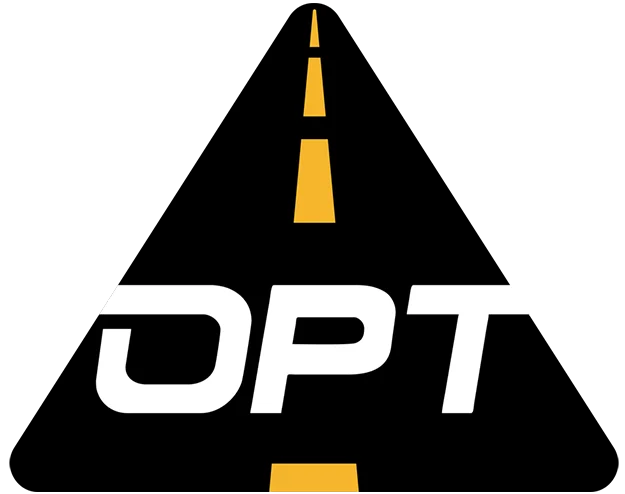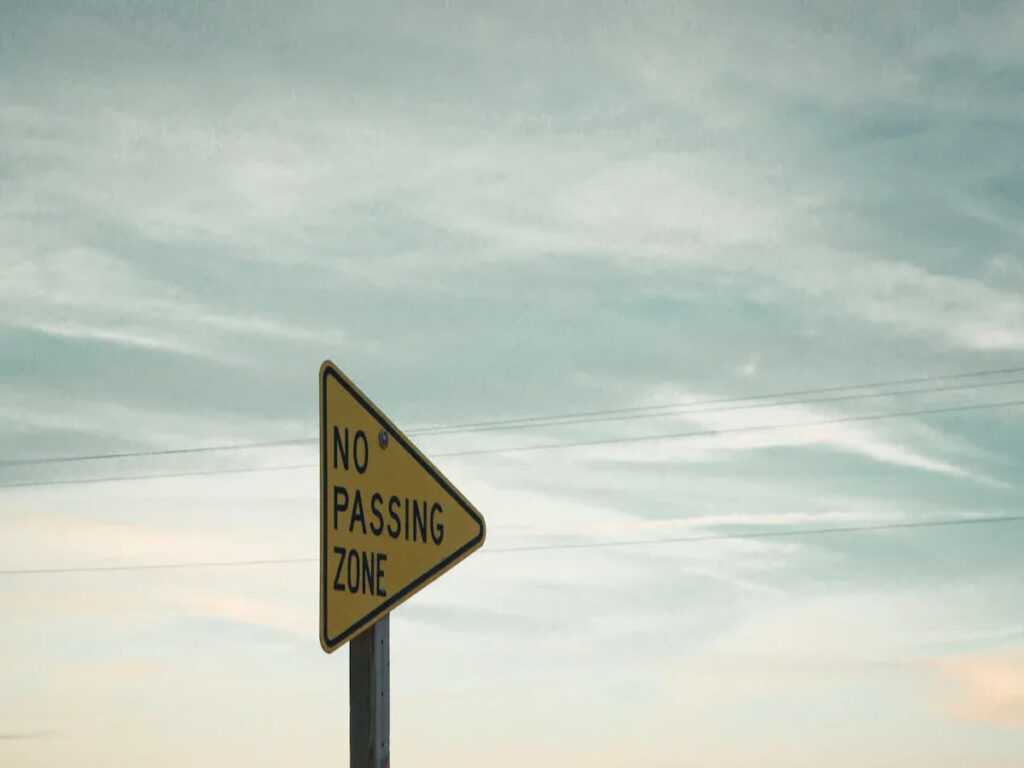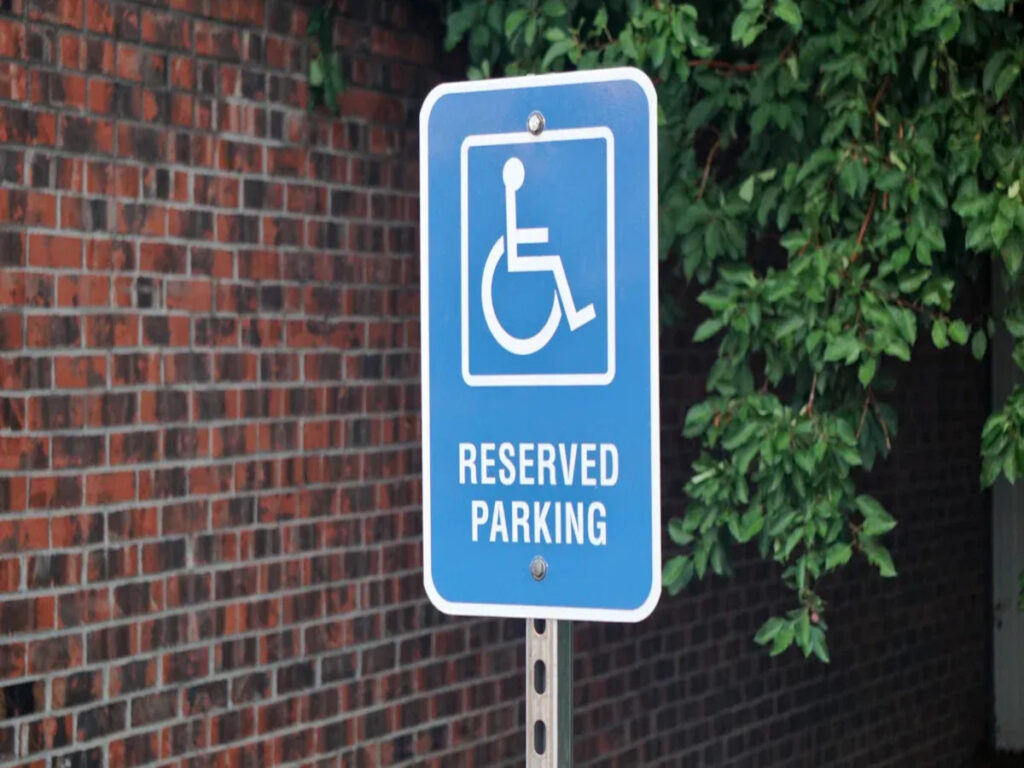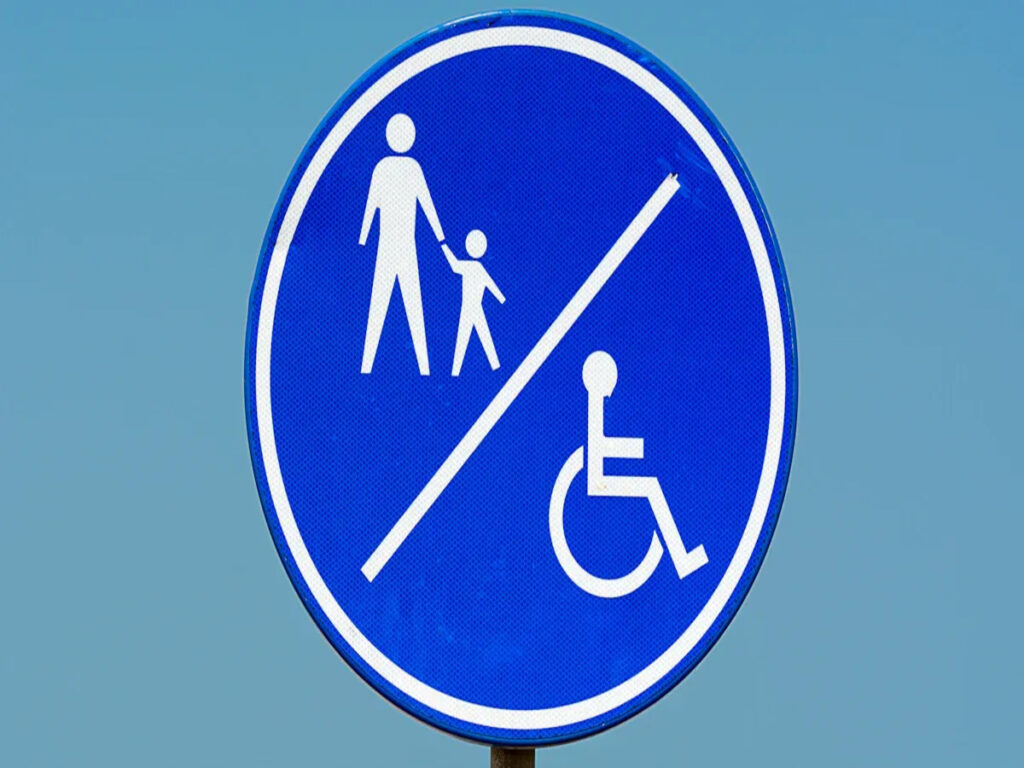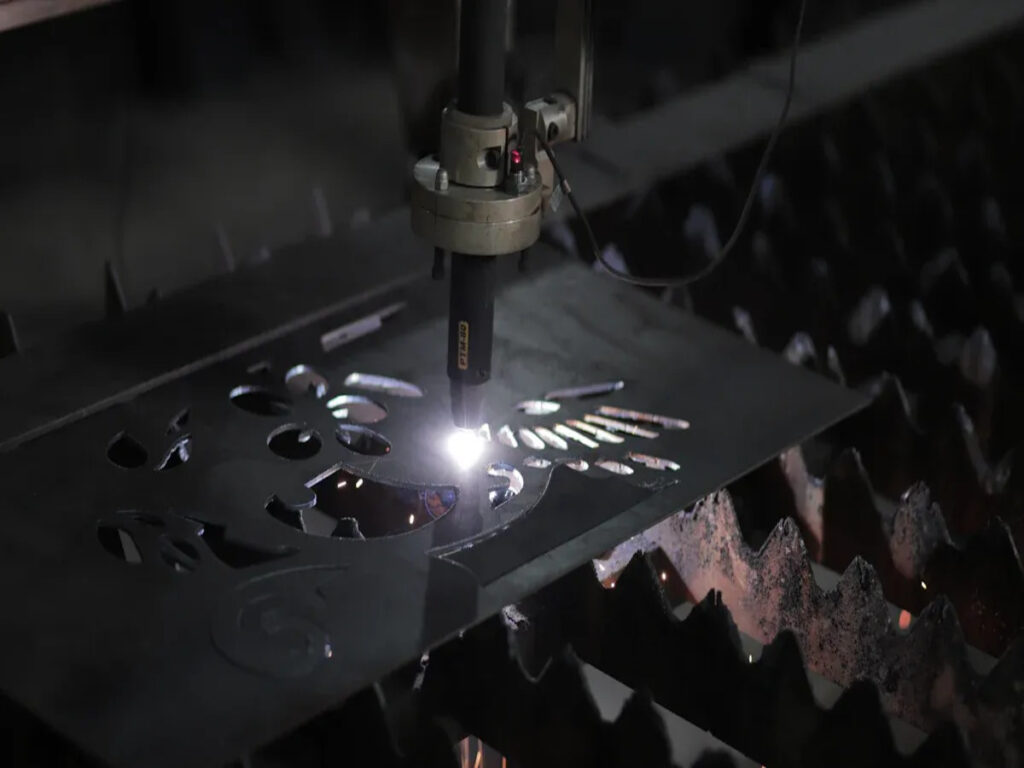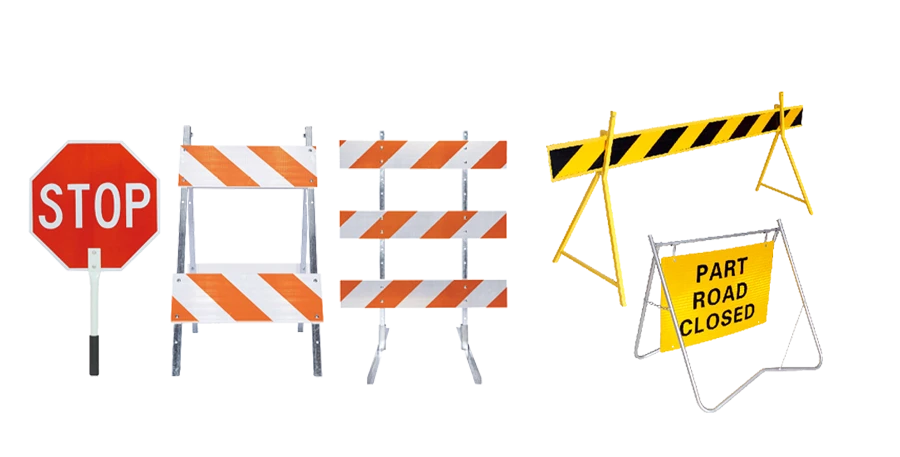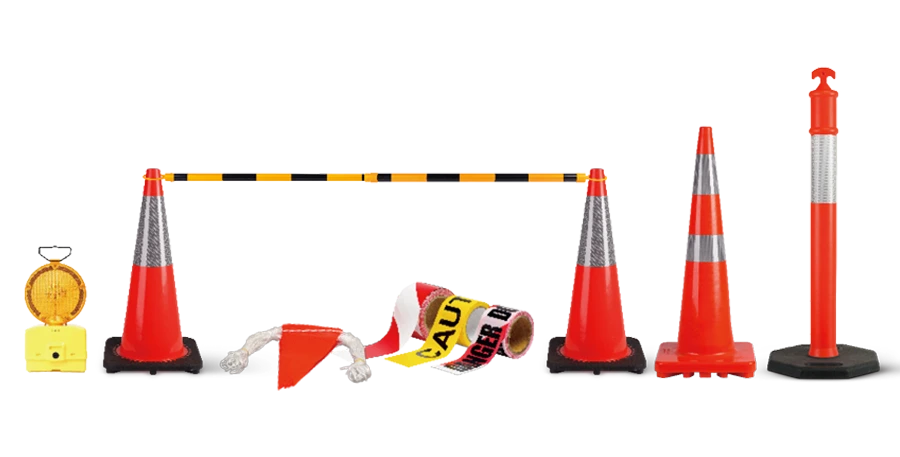
When you see a dip sign, it’s important to understand what a dip sign means: the road ahead suddenly drops or has a depression. This warning tells you to slow down and take extra caution, helping you keep your car safe and avoid potential hazards. Dip signs are crucial for safety, especially during heavy rain or floods when dips can become even more dangerous.
À OPTRAFIC, we understand the critical role traffic signs like the dip sign play in ensuring road safety. Our advanced signage solutions are built to improve driver awareness, providing clear and reliable warnings for all types of hazards. Whether it’s a dip, curve, or sudden drop in road elevation, OPTRAFIC offres de haute qualité, durable signs designed to withstand the elements, helping to reduce accidents and protect drivers. Our commitment is to make roads safer, and our traffic management solutions help keep your journey smooth and secure.
What the Dip Sign Means and Its Impact on Road Safety
Definition and Purpose of Dip Signs
When you see a dip sign, you might wonder what a dip sign means. According to transportation authorities, a dip sign means there is a sudden dip or depression in the road ahead. This sign warns you to slow down and stay alert. The main goal is to keep you safe and help you avoid accidents.
Here is how the Administration des routes fédérales describes the dip sign:
| Type de signe | Description |
|---|---|
| DIP (W8-2) | Used to warn road users of a depression in the road profile. It should not be used for short stretches that might hide vehicles. |
You can see that the dip sign means you need to prepare for a change in the road. This helps improve road safety for everyone.
Common Locations for Dip Sign Usage
You will often find dip signs in places where the road drops suddenly. These signs appear on rural roads, autoroutes, and areas with steep hills. Parfois, you see them near bridges or in places that flood easily. When you drive in these areas, knowing what a dip sign means helps you react quickly and avoid danger.
Dip signs also help larger vehicles, like trucks and RVs, soyez prudent. These vehicles can have more trouble with dips because of their size and weight. By warning all drivers, dip signs play a big part in road safety and public safety.
Why Dip Signs Are Critical for Public Safety
Dip signs do more than just warn you about bumps. They protect you and others by lowering the risk of accidents. Here are some main purposes of dip signs:
| But | Description |
|---|---|
| Warning of sharp drop or low area | Alerts drivers to a sudden change in road elevation, helping them prepare for the dip ahead. |
| Promoting safety by encouraging slower speeds | Advises drivers to reduce speed to maintain control and prevent accidents when approaching dips. |
| Preventing loss of vehicle control | Reduces the risk of accidents caused by sudden shifts in vehicle dynamics when hitting a dip. |
| Reducing risk of hydroplaning | Warns of potential water accumulation in dips, which can lead to loss of traction and control. |
| Importance for larger vehicles | Highlights the increased risk for trucks and RVs, which may be more affected by dips due to their height and weight. |
When you understand what a dip sign means, you help improve public safety. You also help make road safety stronger for everyone. Dip signs remind you to slow down and pay attention, which keeps you and others safe on the road.
Road Safety and How Dip Signs Help Prevent Accidents
Identifying Common Roadway Hazards Addressed by Dip Signs
Lorsque vous conduisez, you may notice dips in the road that can surprise you. These dips often appear after heavy rain, réparations routières, or in areas with uneven ground. If you do not see a warning, you might hit a dip at high speed. This can cause accidents and damage your car. Dip signs help you spot these hazards early. You can slow down and keep control of your vehicle. Some dips collect water, which makes the road slippery. You need to know about these dangers to protect yourself and others.
Conseil: Always watch for dip signs, especially in places where water gathers or the road looks uneven.
How Dip Signs Minimize Risks for Drivers
Dip signs play a big role in keeping you safe. When you see a dip sign, you know to reduce your speed. This simple action lowers the chance of accidents. Many crashes happen when drivers do not expect a sudden drop in the road. Here is a table showing what can happen when dips are not marked:
| Case Description | Résultat | Severity |
|---|---|---|
| Client’s tire dropped off a 4-inch asphalt ledge during resurfacing | Lost control, swerved into oncoming traffic | Quadriplegic injuries |
| Driver hit a 3-inch drop-off with no signage | Vehicle flipped end-over-end | Severe injuries, traumatic brain injury |
| General statistic on crashes | 2-3 times more likely to be fatal | N / A |
You can see that accidents from unmarked dips often lead to serious injuries. Dip signs help you avoid these situations. By warning you in advance, these signs give you time to react and stay safe.
Enhancing Vehicle and Passenger Safety with Dip Signs
Dip signs do more than prevent accidents. They also protect your car and everyone inside. When you slow down for a dip, you reduce the risk of damaging your tires, suspension, or undercarriage. Passengers feel safer when you drive carefully through dips. You help keep your family and friends safe by paying attention to these signs. Dip signs work with other road safety tools, like speed limit signs, to create a safer driving environment. You make smart choices when you follow these warnings.
Ensuring Effective Visibility and Placement of Dip Signs
Design Standards for Maximum Visibility
It is important to see dip signs fast to stay safe. Good design helps you notice them right away. Experts use science and psychology to make signs easy to see. Some key features make dip signs stand out:
- Signs are bright yellow or orange so you see them quickly.
- The letters and background have strong color contrast to help you read them.
- Mixed case letters are easier to read from far away than all capital letters.
- Signs use shapes and colors that are the same everywhere, so you know what they mean.
These choices help you see dip signs in any weather or light. When signs are easy to see and read, you can react faster and drive safer.
Strategic Placement for Optimal Effectiveness
Dip signs must warn you before you reach a dip. Putting signs in the right place is very important for safety. Traffic engineers follow rules to help you have time to slow down:
- Place dip signs far enough ahead so you can slow down.
- Think about limites de vitesse, how far you can see, and how deep the dip is.
- Use flashing lights if you cannot see the dip from far away.
- Check sign placement often and move signs if needed.
| Type de preuve | Description |
|---|---|
| Taux d'accidents | À propos 40% of car crashes happen because signs are not good enough. |
| Confusion Impact | Drivers may miss sharp turns or changes in the road, causing confusion and slow reactions. |
| Legal Repercussions | Not following safety rules can cause legal trouble for builders. |
Good placement makes signs easier to see and keeps everyone safer.
Customizing Dip Signs for Specific Road Conditions
Some places have special dangers, so they need custom dip signs. These signs help you know about unique risks. Par exemple, some signs have QR codes or extra labels to give more details. In busy work zones, you might see signs in different languages or with symbols for quick understanding. Warehouses and factories use special labels to warn about dangers that change with the season.
| Type d'environnement | Customization Benefits |
|---|---|
| Chemical Processing Plants | Custom signs with QR codes or changeable fields help workers use the right PPE for each day. |
| Chantiers de construction | Signs in many languages and temporary access signs help workers from different backgrounds stay safe. |
| Food and Beverage Facilities | Color-coded signs and special labels help keep clean and dirty areas separate. |
| Warehouses and Distribution Centers | Custom labels can be updated for new dangers or traffic changes. |
Custom dip signs make sure you always get the right warning. This focus on visibility helps keep you safe every time you drive.
Traffic Management and Safety Solutions Involving Dip Signs
Regulating Traffic Flow with Dip Signs
You play a key role in keeping roads safe when you pay attention to dip signs. These signs help manage traffic flow by warning you about sudden changes in the road. When you see a dip sign, you know to slow down. This action helps prevent sudden stops and keeps traffic moving smoothly. Dip signs also help drivers avoid accidents, which can block traffic flow and cause delays. By alerting you to hazards, dip signs support traffic management solutions that keep everyone safe.
- Dip signs alert you to potential hazards, which improves safety.
- They give you advance warning of changes in road elevation, helping you avoid accidents.
- Quand tu vois ces signes, you slow down, which lowers the chance of losing control and keeps traffic flow steady.
Integrating Dip Signs with Other Road Safety Signage
You often see dip signs used with other road safety signs. This combination makes traffic flow safer and more predictable. Pour obtenir les meilleurs résultats, Suivez ces meilleures pratiques:
- Make all signs easy to understand so you know what to do right away.
- Use bold designs so dip signs stand out and catch your eye.
- Place dip signs where you can see them easily as you drive.
- Follow safety sign standards so you recognize each sign quickly.
- Inspect signs often to make sure they stay visible and effective.
When you see clear and well-placed signs, you can react faster. This teamwork between signs helps traffic flow better and supports strong traffic management solutions.
Maintenance and Compliance of Dip Signs for Road Safety
You depend on dip signs to stay safe, so regular maintenance is important. Road crews check dip signs to make sure they are clean, brillant, et facile à voir. They also test signs to make sure they meet safety rules. When signs stay in good shape, you get the warning you need to keep traffic flow smooth and avoid sudden stops. Good maintenance supports safety and helps traffic management solutions work as planned.
Conseil: If you notice a damaged or missing dip sign, report it to your local road authority. Your action helps keep everyone safe and traffic flow steady.
Real-Life Applications of Dip Signs and Their Benefits
Étude de cas: Rural Road Safety Improvement with Dip Signs
Dip signs make rural roads safer in places like Minnesota and Texas. Many country roads have sharp dips that can surprise drivers. Clear warnings help you avoid sudden drops in the road. After dip signs were put up in Minnesota, there were fewer deadly and serious crashes. Texas also saw fewer fatal crashes after a new safety plan. The table below shows what happened:
| Emplacement | Résultat |
|---|---|
| Minnesota | Big drop in deadly and serious crashes after dip signs were used. |
| Texas | 25% fewer deadly crashes after the new plan. |
Dip signs help you see dangers early. You can slow down and keep your car under control. These signs work with variable message signs that give real-time road updates.
Urban Example: Enhancing Safety at Busy Intersections
Busy city intersections often have dips that fill with water or are bumpy. When you drive in these places, you need to know about road changes. Cities use dip signs to warn you before you reach a risky spot. Variable message signs also warn you about things like construction or flooding. These tools help you avoid sudden stops and keep traffic moving. You keep yourself and others safe by following these warnings. City planners put dip signs where you can see them, even in heavy traffic.
Analyse coûts-avantages: The Investment in Dip Signs
Buying dip signs helps in the long run. You see fewer accidents and lower car repair bills. Insurance claims go down when there are fewer crashes. Road crews spend less on emergency calls and fixing roads. Variable message signs give you the latest information. When you use dip signs with other safety tools, roads get safer for everyone. Le cost to put up these signs is small compared to the money saved from fewer crashes and injuries.
You see how dip signs protect the public every day. These signs warn drivers about dips, keeping the public safe from sudden road changes. When drivers notice dip signs, they slow down and avoid accidents. The public depends on clear signs for safe travel. Good placement and bright colors help drivers react fast. Regular checks keep dip signs ready for the public. You help the public by following these signs. When drivers and the public work together, roads stay safe for everyone.
FAQ
What does a dip sign mean for drivers?
A dip sign shows the road drops ahead. Ça te dit de ralentir. This helps you keep your car safe. Dip signs help stop accidents. Ils aident également le trafic à mieux se déplacer.
How do dip signs help with traffic management?
Dip signs show you where the road is risky. They help you change your speed. This keeps cars moving without problems. Good signs like these lower confusion and stop crashes.
What role does portable VMS play in traffic communication?
Portable VMS gives you updates about the road. You get alerts about dips or emergencies. These signs help you make safe choices. Ils aident également le trafic à mieux se déplacer.
What are the benefits of portable vms for emergencies?
Portable vms show warnings quickly during emergencies. You see alerts about dips, inondations, ou des crashs. Fast information helps you stay safe and avoid danger. Portable vms make roads safer and help people respond faster.
